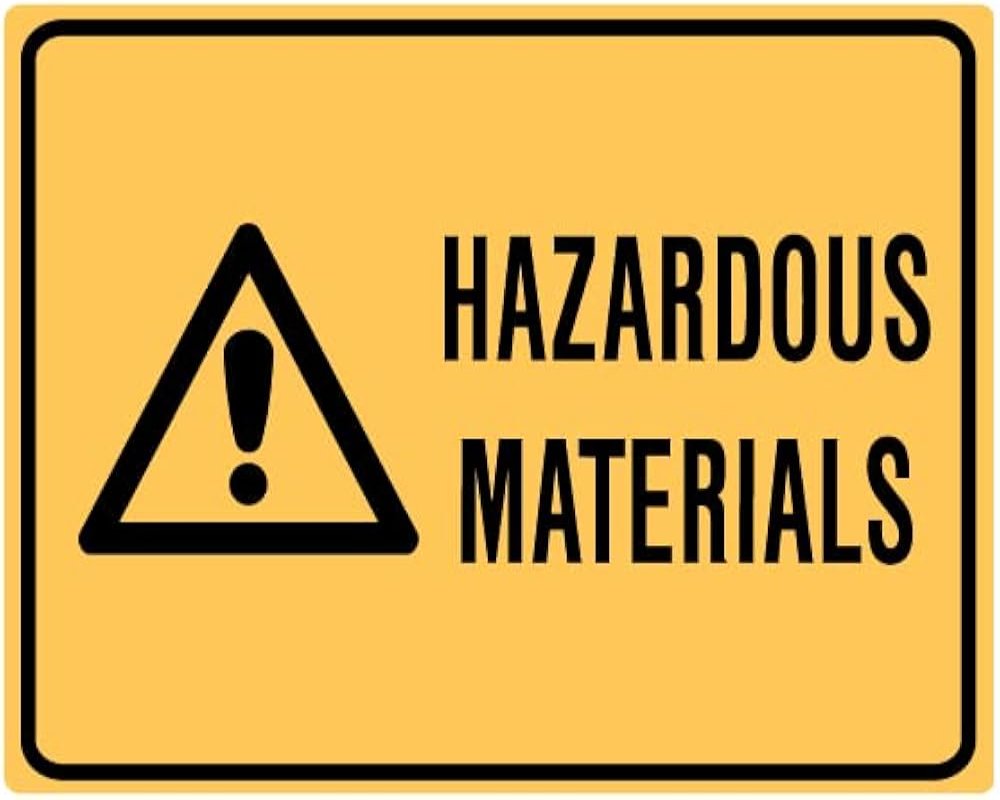Introduction
The establishment of hazardous material facilities—such as chemical plants, fuel storage depots, or industrial waste processing centers—requires careful zoning regulation. These facilities carry elevated risks related to public health, safety, and the environment. As a result, zoning considerations for such sites are far more stringent than for general industrial uses. Proper zoning not only ensures regulatory compliance but also plays a critical role in minimizing environmental impact, ensuring operational safety, and protecting surrounding communities.
Land Use Classification and Permitted Zones
Hazardous material facilities are typically permitted only in heavy industrial zones or specifically designated hazardous-use districts. These areas are deliberately isolated from residential, commercial, and institutional zones to minimize risk in the event of accidents or chemical releases. Zoning ordinances clearly define the types of hazardous operations permitted, often classifying them based on the materials handled, production scale, or risk category. Facilities handling high-toxicity or flammable substances may be limited to high-security industrial parks or restricted access corridors under regional environmental codes.
Buffer Zones and Separation Distances
One of the most critical zoning requirements for hazardous facilities is the establishment of buffer zones. These are mandatory physical separations between the facility and adjacent land uses. Buffer zones may include undeveloped green belts, roadways, or other low-risk land uses to help contain and control the impact of potential incidents. Zoning laws often specify minimum separation distances based on the volume and nature of hazardous materials stored or processed. These distances may be further influenced by local population density, environmental sensitivity, and wind patterns.
Emergency Access and Infrastructure Standards
Zoning considerations for hazardous material facilities must ensure access to emergency services and adequate infrastructure for risk mitigation. Roads leading to and from the site must support heavy vehicle traffic and emergency response units such as fire brigades, ambulances, and hazardous material containment teams. The zoning authority may also require the facility to be within a specific radius of major transport networks, but away from high-traffic public areas like schools, hospitals, and residential communities. Provisions for drainage, firefighting infrastructure, and hazardous waste handling systems are often included in the zoning framework.
Environmental Compliance and Regulatory Coordination
Due to the sensitive nature of their operations, hazardous material facilities are subject to multiple layers of environmental compliance, which are reflected in zoning approvals. Zoning authorities typically coordinate with environmental control boards, pollution regulators, and disaster management agencies before granting permits. Facilities must submit detailed environmental impact assessments (EIAs), emergency response plans, and documentation of containment systems as part of the zoning approval process. These requirements ensure that the facility aligns with broader public safety and sustainability goals.
Community Impact and Public Engagement
Zoning for hazardous material facilities also considers the potential impact on surrounding communities. Many jurisdictions require public hearings, stakeholder consultations, or impact disclosure reports before approving such developments. These processes give local residents and governing bodies a voice in determining the appropriateness of the facility’s location and help ensure transparency. Some zoning frameworks include conditions that mandate ongoing environmental monitoring and community reporting by the facility operators.
Conclusion
Zoning considerations for hazardous material facilities are among the most complex and strictly regulated in industrial land use planning. These facilities must comply with carefully defined land use classifications, maintain extensive buffer zones, and provide detailed infrastructure and environmental safeguards. Zoning not only determines the legal viability of such projects but also plays a vital role in ensuring public safety, environmental protection, and long-term operational security. For developers and planners, navigating these zoning requirements is essential to the responsible and lawful development of hazardous material sites.
Hashtags
#ZoningRegulations #HazardousMaterials #EnvironmentalSafety #FacilityPlanning #UrbanDevelopment #SafetyStandards #CommunityHealth #LandUse #RegulatoryCompliance #SustainableDevelopment #RiskManagement #PublicSafety #IndustrialZoning #EnvironmentalImpact #SafetyFirst #LocalGovernment #PlanningCommission #EmergencyPreparedness #WasteManagement #PollutionPrevention


